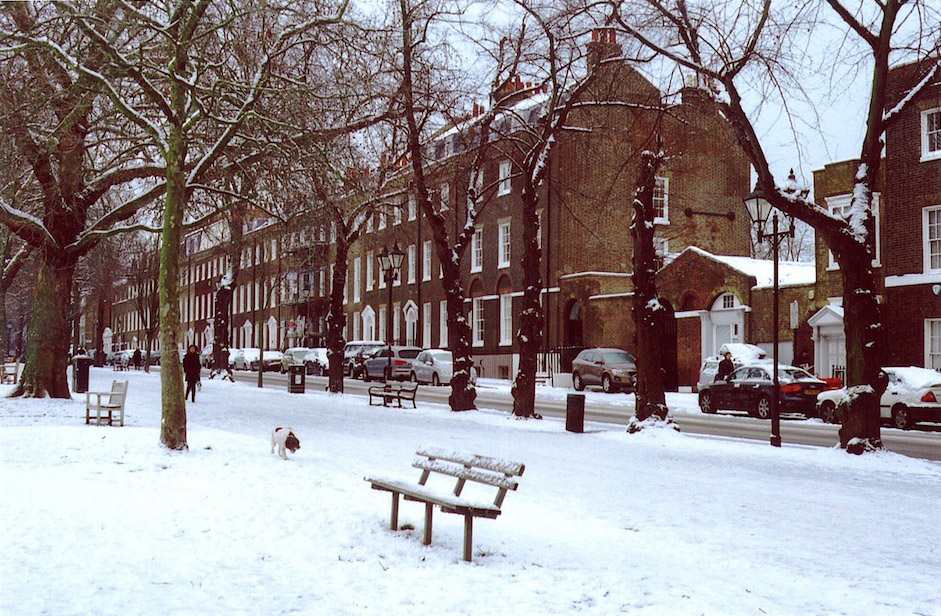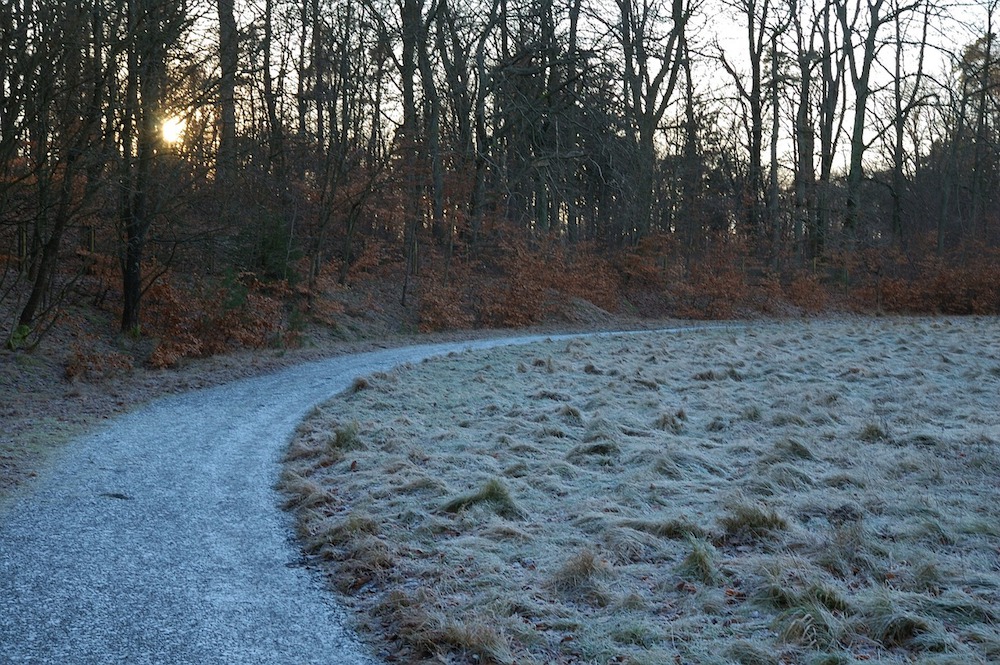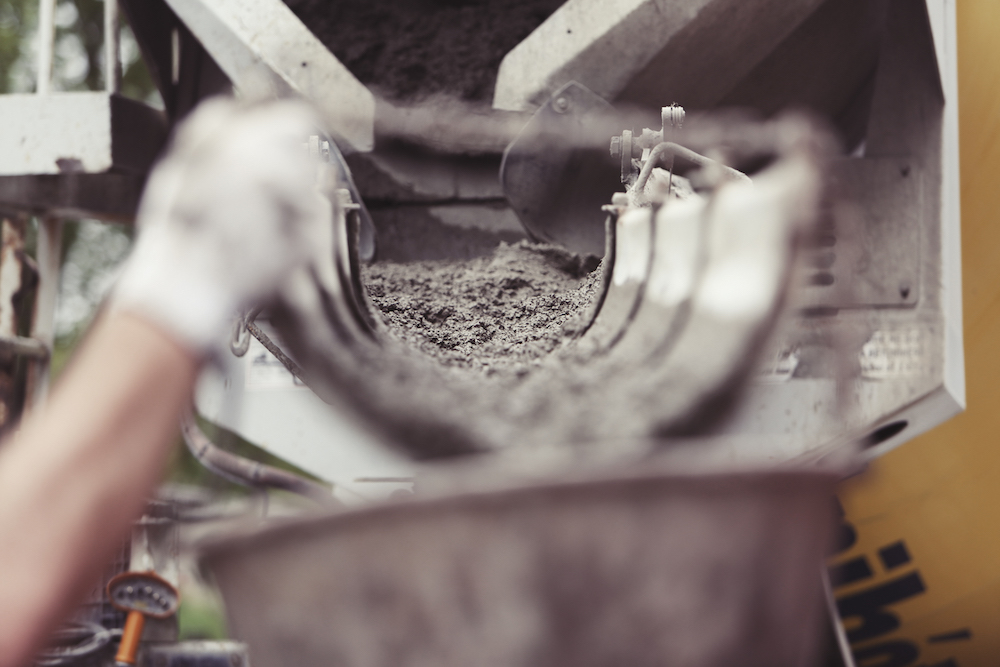- Email us at:info@misterconcrete.co.uk
England is known for experiencing cold weather during several months every year. We also get some freezing mornings which brings the challenge of pouring concrete properly. If concrete is poured in cold weather without proper care, it can freeze which leads to a whole range of problems. Frozen concrete suffers from cracking, pop-outs and surface scaling and is much weaker overall as opposed to normal concrete.
 Source: Pixabay.com
Source: Pixabay.com
"Frozen concrete suffers from cracking, pop-outs and surface scaling and is much weaker overall as opposed to normal concrete."
You might think that there is some special antifreeze compound that can be used to keep concrete from freezing. But, as someone with years of experience in pouring concrete in cold weather, let us assure you that it's not true. No such antifreeze compound can keep newly poured concrete from freezing in cold winter weather.
Fortunately, there is a simple solution to ensuring that newly poured concrete does not freeze – by using water. Yes, adding water to newly poured concrete will allow the concrete to set in without freezing. This is because water releases latent heat of hydration, which prevents concrete from freezing.
So, how exactly do you go about with cold weather concrete pour so that it doesn’t freeze? Continue reading this post to find out.
Never pour new concrete on frozen ground
First and foremost, NEVER pour new concrete on frozen ground. You must understand that fresh concrete freezes at temperatures below -4°C. If you pour concrete without considering this, it will freeze in no time at all.
At Mister Concrete, we always ensure not to pour fresh concrete directly on the frozen ground. Rather, we might use hot water in our volumetric trucks during mixing, which raises the temperature of concrete when mixed. Water temperature added should not be higher than 80 celsius in order to avoid cement flash setting and scalding. This prevents the fresh concrete from freezing immediately. And, once we pour the concrete, you can always build an enclosure to insulate it from the surroundings. You can also use a portable heater, frost blankets or other insulation to maintain the concrete temperature.
 Source: Pixabay.com
Source: Pixabay.com
Use an accelerator to set the concrete
Our trucks mix concrete on site before pouring it out. Now, if you use an accelerator to set the concrete while mixing, you can avoid frozen concrete altogether. This is because once the concrete is set, it will not freeze.
We realise the importance of heat of hydration and temperature when it comes to mixing and setting concrete. Regardless of the weather and whether we are working on a commercial or residential project, we make sure to use accelerators to set the concrete. With our cold weather concrete pour, you can rest assured that your concrete won’t freeze.
Use the right concrete grade
Apart from ensuring that you don’t pour fresh concrete on frozen ground and that you set concrete before pouring, you must also ensure to use the right grade of concrete. Using inferior concrete grades or using an improper concrete mix will lead to a variety of problems.
You must always use a winter mix of ingredients if you need cold weather concrete pour. This includes using high-quality cement without slag or fly ash, using plenty of warm water and using setting accelerators. Simply by ensuring the right mix, you can prevent fresh concrete from being damaged by the cold.
At Mister Concrete, our team always uses the best grade cement, top quality accelerators and proper temperature of water to mix concrete. This allows us to ensure that the concrete we mix and pour never suffers from cold weather.
 Source: Pexels.com
Source: Pexels.com
Conclusion
Pouring fresh concrete during cold weather is a major challenge. If concrete is improperly poured in cold weather, it freezes. Frozen concrete is much inferior to proper concrete, and it is weaker and suffers from cracks, pop-outs and surface scaling.
To ensure proper cold weather concrete pour, add warm or hot water to the concrete mix to prevent it from freezing. You can also use an accelerator to allow the concrete to set when it is being mixed. Also, you must always ensure to use the right concrete grade and the right mix when setting concrete. By doing so, you won’t face any problems when pouring fresh concrete, even in very cold conditions.
And, for all your onsite concrete mix needs, look no further than the experts at Mister Concrete. Get in touch with us to find out more about our services today.
categories
latest posts
- Expert Tips for Choosing the Best Screed for Underfloor Heating (UFH)
- 15 Must-Have Tools for Working with Raw Concrete
- What exactly does high quality mean when it comes to ready mix concrete?
- Concrete construction safety: Make sure you follow these important rules
- Prefabricated Houses - Is This the Future of UK Housing?
- Useful tips for pouring concrete during cold weather
services
Mister Concrete serves domestic, commercial and industrial clients delivering high quality certified ready mix and onsite mixed concrete.
Get in touch with us now
Do not hesitate to use our contact form or give us a call and one of our professionals will be happy to help.
comments